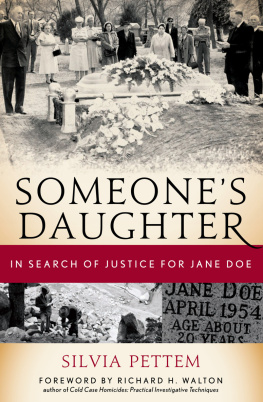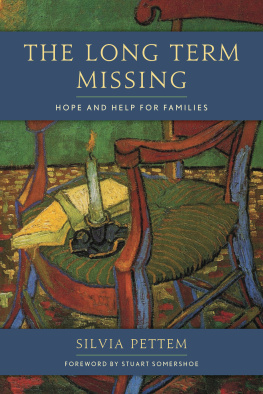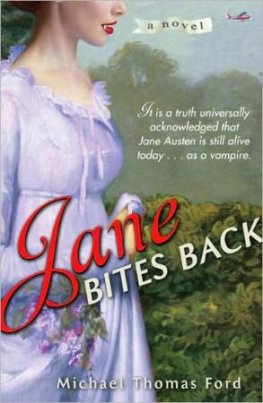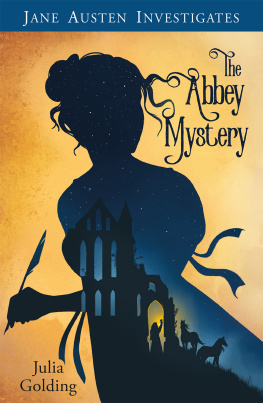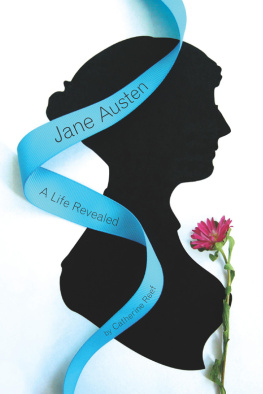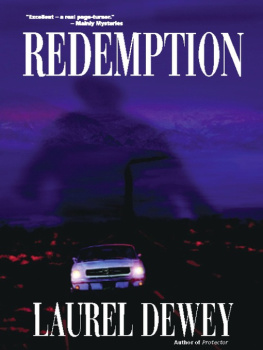I n 1998, two years after I first learned of Jane Doe, I was hired by the Boulder Daily Camera to write a weekly history column. I had written for the newspaper in the late 1970s, then switched to writing books as well as freelance articles for other local newspapers and magazines. Although I continued to work out of my home, my research allowed me to poke around in the newspapers archives, and my new position gave me yet another excuse to dig into the lives and events in Boulders past.
The Daily Camera s archives were housed in a room that always smelled the samelike ink or musty old paper or an odd mixture of both. Wedged between the newsroom and the now-antiquated offices and darkroom of the photography department, the cluttered but quiet space was, to me, a havenan overflowing treasure trove of microfilm, newspaper clippings, and photographs. As a historian, I grew to love this place. It is where I got to do the work of a historical detective, rummaging through files to research Boulders colorful characters. The more information I found, the more the people of the past became real to me. I especially enjoyed finding photos of the people I featured in my articles, matching faces with names. Far from seeming mundane, the process filled me with anticipation, much like a prospector searching for gold or a gambler hoping to hit the jackpot at any moment.
I usually began with the small envelope files, which bulged with clippings, old photographs, and long-forgotten obituaries. Then, when I had exhausted those resources, I moved on to the bulkier files that were housed in large manila folders and stuffed into metal cabinets that covered the entire west wall of the room. A gray metal ladder, squeaky and on wheels, was the only way to access the drawers near the top. On a slow news day in the fall of 1998, however, I was only concerned with the files at waist level. That was because I was searching the Murder files in the M drawer of the cabinet, in hopes of learning somethinganythingabout Jane Doe.
The drawer contained a dozen or so dusty old folders filed alphabetically under different murder victims names, and as I flipped through them, I began to despair of finding any information on my nameless victim. After only a few minutes, however, I spotted, in the very back, a battered manila folder that read: Murder, Unidentified Girl. What a find!
Inside the folder were brittle, yellowed clippings from the Daily Camera . The articles had been glued to numbered sheets of white-glue-stained paper, presumably long ago by a conscientious librarian who also clipped stories from the Rocky Mountain News and the Denver Post . Throughout the years, careless reporters had mixed up the pages, so I spread them out like jigsaw puzzle pieces and sorted them chronologically. After copying, reading, and absorbing the whole file over a period of several months, I put together a rough scenario of what I thought had likely happened:
Somewhere, in a place where there were no known witnesses, the victims attacker struck her on her head with a blunt, broad weapon, as Sheriff Art Everson, in office at the time, had speculated. Possibly, it was the handle of a pistol. Very little blood was found with the young womans body, leading investigators at the time to believe that her assailant beat her in another location, then transported her, perhaps still alive, to the rocky edge of Boulder Creek, three hundred yards below the parking lot at Boulder Falls.
To get to this spot, Jane Does murderer either drove up the canyon from Boulder or down the canyon from the former tungsten mining town of Nederland. Parts of the road were dirt in 1954, but the road wasand still isthe main thoroughfare through the narrow mountain canyon immediately west of Boulder. Todays paved road follows the same roadbed and continues to provide access to the Boulder Falls parking lot, one of the few places a driver can pull off the road. During daylight hours in good weather, the lot is traditionally filled with the cars of tourists who continue to visit the waterfall, a long-popular attraction on a tributary of Boulder Creek that flows in from the north.
If the victims attacker did bring her to this parking lot, he would have realized that the drop-off to the creek was not steep enough for him to easily discard her body. While reading the articles for the first time, I speculated that the attacker drove downhill until he found a spot where the pitch of the embankment between the road and Boulder Creek had increased. In a successful attempt to erase her identity, he then stripped his slender victim of all of her clothing, jewelry, and personal belongings until all she had left were three bobby pins in her wavy light-brown hair. Then, I speculated, he dumped or threw her limp body out of his car or truck, and she slid to her final resting place on the rocks at the edge of Boulder Creek.
Under the cover of darkness, the unknown assailant left his young victimnaked and aloneto die of shock and exposure. Very briefly, between storms in an overcast sky, a tiny sliver of a waning moon (some called it a toenail) flickered and went out in the western sky. Within a few hours, falling snow blanketed the body and erased the tracks of her killer and his vehicle.
Throughout the first week of April, the victims battered body lay exposed to the elements. Each day, it froze in the early morning hours, then baked in the direct rays of the sun. As the snow began to melt, mammalsperhaps joined by ravens or crowsplucked out her left eye, gnawed off her right ear, and tore away at the flesh on her face, neck, hands, and feet, while buds formed on scrubby currant bushes in an annual display of new life. A few tufts of green grass poked through the straw-colored sticks of the previous years undergrowth. The steepness of the embankment was just enough to keep the victims body out of view of passing cars.
A week or more had passed before April 8, 1954, when two University of Colorado students accidentally found Jane Does body lying on the rocks at the edge of Boulder Creek. Wayne Swanson and James Andes were roomers in a half-century-old, two-story frame house at 1719 Marine Street, a short walk downhill from the university campus. The Swedish family who owned the house took in a few male roomers each year to help pay the mortgage. The college freshmen had just finished the last of their midterm exams and were beckoned out of doors by the warm weathera very pleasant seventy-two degrees in the mid-afternoonand the early blooms of spring. The bright yellow flowers of forsythia bushes contrasted with the first pink and white blossoms on fruit trees scattered all over town.
Lanky nineteen-year-old Wayne, from Batavia, Illinois, never turned down a chance to hike. He and James, also an Illinois native, did not waste any time heading into the hills. If the young men reflected the tastes of their peers, their cars radio may have vibrated with Bill Haley and his Comets brand-new release, Shake, Rattle, and Roll. Competing for airtime with this first rock-and-roll song to sell a million records was the latest hit from the harmonic Spaniels (and made even more popular by the McGuire Sisters), Goodnight, Sweetheart, Goodnight.
The two college students were not alone in their desire to drive into the mountains. See the U.S.A. in your Chevrolet, pleaded Dinah Shore to viewers across America who watched the singer on small lacquered black-and-white television sets. Automobile sales had boomed after World War II. With twenty-nine-cents-per-gallon gasoline, motorists took every chance they could to take to the highways. In Boulder Caon (still with the Spanish spelling in the 1950s), families parked on scenic turnouts where they fished, had steak fries, and enjoyed the serenity of the clear cold mountain stream.
After a fifteen-minute drive, Wayne and James parked at Boulder Falls. Instead of taking the short walk to the waterfall, they decided to explore Boulder Creek. James took along his camera. Despite the dramatic increase in warm weather, the first week of April was still too early for the annual spring runoff of melting snow from the watershed that hugged the eastern side of the Continental Divide. The water level in the creek was at its seasonal low, allowing the students greater access to the creek bed.

